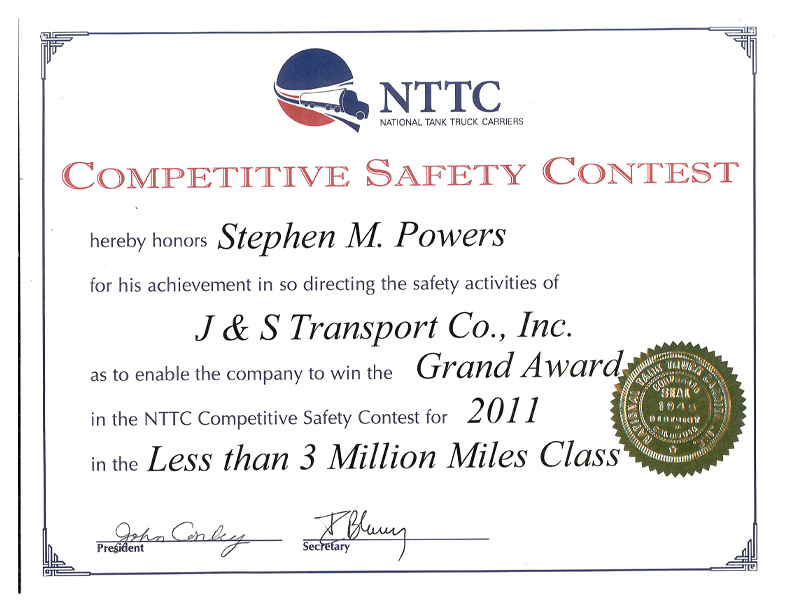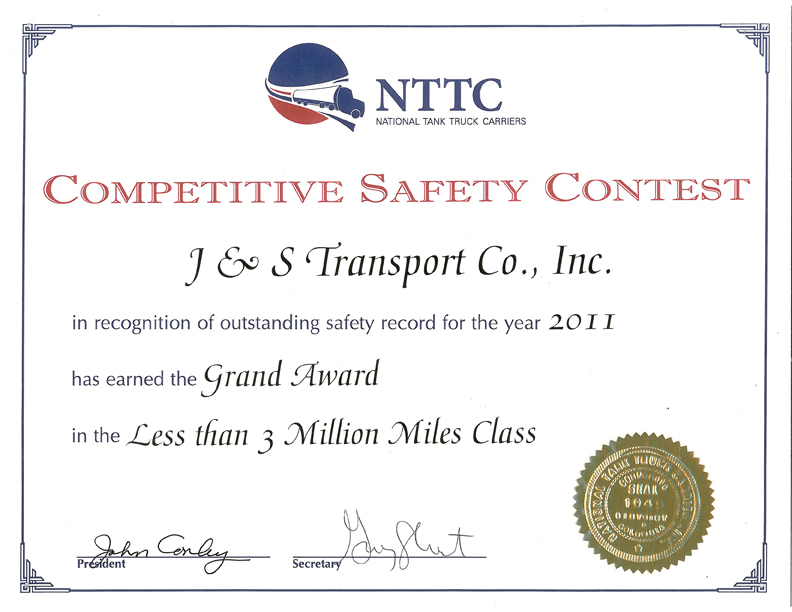ISS
Dear Professional Driver,
In this letter we are going to review the Federal Motor Carrier Safety Administration’s Inspection Selection System (ISS) and what it means to you, the professional driver. Basically, ISS determines which motor carriers are going to be pulled over for a Roadside Inspection. The ISS Program was initially developed using the old SafeStat System and was identified as the ISS-D Program. This program provided recommendations to Commercial Motor Vehicle Enforcement Personnel to prioritize motor carriers for inspection. It was the primary tool used to screen motor carriers. This ISS-D score was public for everyone to see. Every motor carrier was assigned an inspection value with associated recommendations for law enforcement personnel to determine if a roadside inspection be performed:
Recommendation ISS Inspection Value
Inspect (inspection warranted) 75 – 100
Optional (may be worth a look) 50 – 74
Pass (no inspection required) 1 – 49
In 2010, when SafeStat was replaced by the new Compliance, Safety & Accountability (CSA), the ISS Inspection Values remained the same however, the Recommendations were redesigned using the Safety Measurement System (SMS). The redesigned Recommendations now look like this:
Recommendation ISS Inspection Value
Inspect (inspection warranted) 75 – 100
• Out-of-Service Carriers
• High risk carriers (four BASICS exceeding threshold, two BASICS threshold with one > = 85)
• Carriers with multiple BASIC’s prioritized for intervention
• Carriers with Hours of Service BASIC prioritized for intervention
Optional (may be worth a look) 50 – 74
• Carriers with single BASIC prioritized for intervention
• Carriers with Unsafe and/or Crash BASICS prioritized for intervention
Pass (no inspection required) 1 – 49
• All other carriers not included in above criteria or with insufficient data to measure
Another change to the system is now the motor carrier’s ISS score in private and cannot be viewed publicly. The only way a motor carrier can view their ISS score is through a secure portal on the FMCSA’s website.
This new ISS program can become a vicious or virtuous cycle for the motor carrier. The vicious cycle begins when motor carriers have high ISS Inspection Values. The higher the value, the more likely their trucks will be inspected. More inspections lead to more violations resulting in higher CSA scores; increasing their ISS Inspection Value. This cycle keeps repeating itself. On the other hand, a motor carrier with a low ISS Inspection Value has fewer inspections resulting in fewer violations. The fewer the violations, the better their CSA scores becomes, lowering their ISS Inspection Value.
J & S Transport’s ISS Inspection Value is well within the Pass range however, for the past few years that Inspection Value has been trending up; why? There have been a couple of roadside inspections which produced less than satisfactory results. Some of the received violations may have been prevented if the driver just performed a good pre-trip inspection. The professional driver finds safety defects before leaving the yard and not having an Enforcement Officer find them during a roadside inspection.
Inspect
75 – 100
Optional
50 -74
Pass
1 – 49
Be Safe!
Steve


